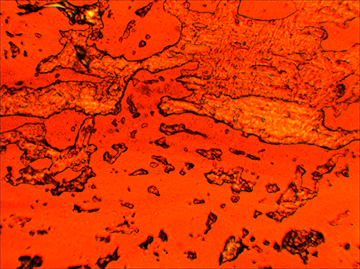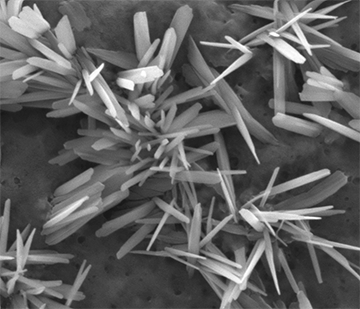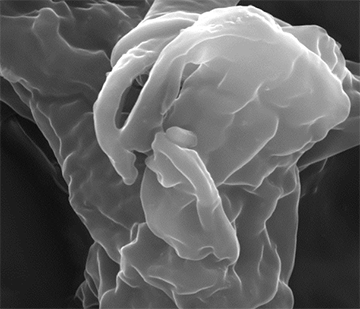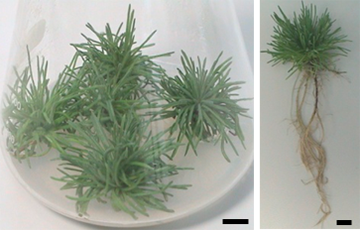 |
Project: ÔÇťMediterranean Diet: When Brand Meets PeopleÔÇŁ |
Summary: Inscribed on the Representative List of the Intangible Cultural Heritage of Humanity, Mediterranean Diet is an integral part of the Mediterranean identity. It involves a set of skills, knowledge, rituals, symbols and traditions concerning cultures, landscape, lifestyle and ways to work characterising a powerful industry. Nevertheless, some Mediterranean rural regions seem to underestimate these mechanisms and suffer natural and demographic handicaps caused by the lack of awareness of the economic potential of this part of the Med cultural identity. MD.net Project challenges the problems of currently neglected and undeveloped opportunities of the Mediterranean Diet. The main objective of the project is to strengthen exploration of the Mediterranean Diet according to the UNESCO Med Diet Convention, blending comprehensive Mediterranean Diet concepts with innovative tools. The project will use both traditional and creative measures (as sharing economy) starting cooperation of quadruple helix stakeholders in order to lift the MD economy to new quality levels.
https://mdnet.interreg-med.eu
https://www.facebook.com/MDNETinterreg/
 |
Project: ÔÇťReviving agroflorestal residues: from intermolecular interactions in natural Polyphenols to new biomaterials of added valueÔÇŁ |
Summary: The worldÔÇÖs population consumed an equivalent of 1.6 planet Earth during 2015, a number that is predicted to increase to 2 planet-equivalents by the year 2030. Therefore, the solution of treating waste as a resource has many attractive advantages such as cutting global pollution, staving off resource crises, lowering manufacturing costs while creating whole new ÔÇťgreenÔÇŁ businesses opportunities. This projects represents a humble contribution to the waste problem by using disposable agroflorestal residues (lignocelluloses and carob pod) plentiful available in Algarve region as feedstock. This enables closed cycle materials fluxes and contributes to the efforts to reduce atmospheric CO2 emissions. Combining a strong fundamental background, original strategies and applied research new methods for dissolution and extraction of natural polyphenols from waste will be developed and applied for the production of novel biomaterials such as foams, composites, resins or even protein sources.
 |
Project: ÔÇťDevelopment of sustainable processes for the production of textile fibers from forest resourcesÔÇŁ |
Summary: Sourcing sustainable raw materials to global players in the textile market has become increasingly difficult. Organic cotton, while minimizing some of these problems, is not available in the desired quantities or at acceptable cost and, at the same time, the conventional cotton production is being increasingly questioned. On the other hand, synthetic fibers are not sustainable in the long run since they are based on fossil feed stock. Production of cellulosic fibers from forest resources may become the only sustainable future alternative to cotton when new processes for dissolution and fiber spinning of cellulose are developed. This project foresees a sustainable use of natural resources and relates to further processing of forest and agricultural commodities focusing on critical analysis of the molecular interactions involved.
 |
Project: ÔÇťOn the Track of Ecological Textile Fibers: From Cellulose-Based Agroflorestal Resources to New Added Value Materials.ÔÇŁ |
Summary: A rather inconvenient issue transversal to many important applications of cellulose involves its dissolution which is typically challenging and a limiting step. Due to the complexity of the biopolymeric network and to the partial crystalline structure and extended noncovalent interactions among molecules, chemical processing of cellulose is rather difficult. In addition, the way the scientific and industrial community have so far been basing their knowledge and progress on cellulose dissolution, is prolific in important fundamental flaws. Our recent work has revealed that cellulose has clear amphiphilic properties and a careful examination of the interactions involved suggests that hydrophobic interactions are important for explaining the solubility pattern of cellulose. This alternative approach constituted the ground basis behind the project ÔÇťFibraCelÔÇŁ (PTDC/AGRTEC/4049/2012) being the current proposal a continuation of the FibraCel project. Here, we intend to go beyond the current state of the art and be able to develop new solvents and understand their mechanism of action both in dissolution and regeneration of new materials. This is expected to have direct application not only in the textile industry but also in other areas where cellulose dissolution is required, such as the production of polymers and chemicals derived from it.
 |
Project: ÔÇťIs Plantago almogravensis an aluminum hyperaccumulator plant? Elucidation of the tolerance mechanism using micropropagated plantsÔÇŁ |
Summary: Based on the results obtained in this project we concluded that P. almogravensis accumulates considerable amounts of Al and is moderately tolerant to Al. Al detoxification implies both secretion of organic acids from roots and Al intracellular chelation by organic acids. Al is bound internally by the organic acid citrate forming the tri-Al tricitrate (Al3cit3) complex and two other yet unidentified Al-citrate complexes. Using a metabolomic approach we determined that citrate is diverted from biosynthetic pathways to complex Al. The data obtained by ISSRs reveals that the roots were more affected than the leaves. We amplified sequences of MATE gene that is related to aluminum tolerance, being involved in Al-activated citrate secretion. This work is a modest contribution to a better understanding of wild plants adaptation to acidic Al-rich soils and provides fundamental information that could be used to improve the Al-tolerance in other species.


